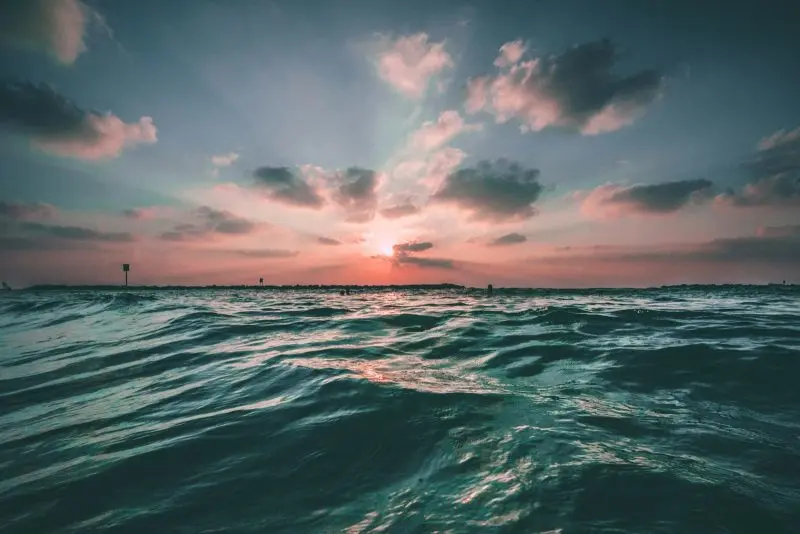Almost all life in the ocean depends on the upper layers of water where sunlight penetrates, known as the photic zone. A new study has revealed that this narrow window for valuable marine light is shrinking across the world’s oceans. Thomas Davis, a marine biologist at the University of Plymouth, and Tim Smith, a marine biogeochemist at the University of Exeter in the UK, observed that despite global scientific concerns about ocean darkening, no one had yet assessed its true scale. Previous research had already shown that over the past 20 years, the color of the ocean’s surface has changed, likely due to shifts in plankton communities. According to Davis, the results of the new study indicate that these changes have led to widespread darkening. As a result, the portion of the ocean accessible to animals whose survival and reproduction depend on the Sun and Moon has significantly decreased.
What else did the scientists discover? By combining NASA satellite data from 2003 to 2022 with numerical modeling, the authors of the study identified a pattern: the depth of the photic zone, which limits the habitat of most oceanic organisms, is gradually shrinking. The photic zone is the upper layer of the ocean where sunlight (including light reflected from the Moon) penetrates the water. All marine organisms that photosynthesize—such as seagrasses, algae, and most importantly, phytoplankton—must live in the shallower parts of this layer to harness solar energy. Consequently, many other organisms that rely on these primary producers, like corals, crustaceans, fish, and marine mammals, also inhabit the photic zone.
The study found that in nearly 10% of the world’s oceans, the depth of the photic zone has decreased by more than 50 meters. This means that the three-dimensional habitat for species has significantly diminished, leading to heightened competition for resources. Alarmingly, in 2.6% of the global ocean, the photic zone has shrunk by more than 100 meters. “The ocean is much more dynamic than previously thought. For instance, light levels in the water column can vary significantly over any 24-hour period, and animals whose behavior is directly influenced by light are much more sensitive to these processes and changes,” Smith noted. He added that if the photic zone shrinks by 50 meters over large areas of the ocean, light-dependent animals will be forced to move closer to the surface, where they will have to compete for food and other resources. This could lead to fundamental changes throughout the marine ecosystem, as reported by Science Alert.
Why is the photic zone shrinking? Several factors influence the depth of the photic zone. Light that strikes the ocean vertically can penetrate deeper into the water, with fewer photons reflecting off the surface. The less resistance these photons encounter from suspended sediments and organic matter, the deeper they can dive. This is why in clear tropical waters, light can penetrate to depths of up to 80 meters. However, when entering the water at an angle from the surface, more light is reflected, and the photons that do penetrate the surface must travel a greater distance downward. This results in a significantly narrower photic zone at the poles, where in some areas it is less than 10 meters deep. This may partially explain why some of the most noticeable changes have been recorded in the photic zones of the Arctic and Antarctic.
However, sediments and other suspended substances, such as algal blooms, make the water less transparent, affecting the depth to which light can reach. Davis and Smith suspect that this has significantly darkened the world’s waters in recent decades. The global cause of the shrinking photic zone is believed to be human activity, which has triggered the climate crisis on our planet, along with increased precipitation, warming ocean surfaces, changes in algal bloom dynamics, and more. Additionally, humans systematically pollute the global ocean with agricultural and other runoff. In extreme cases, such as the recent algal bloom on the Great Southern Reef, a lack of light can lead to mass fish die-offs. But photic zones are shrinking not only near the coast. Researchers have also observed darkening in the Gulf Stream and at the poles, where climate change is rapidly altering natural systems. “Our findings are a real cause for concern,” the scientists wrote. The results of this study were published in the journal Global Change Biology.

